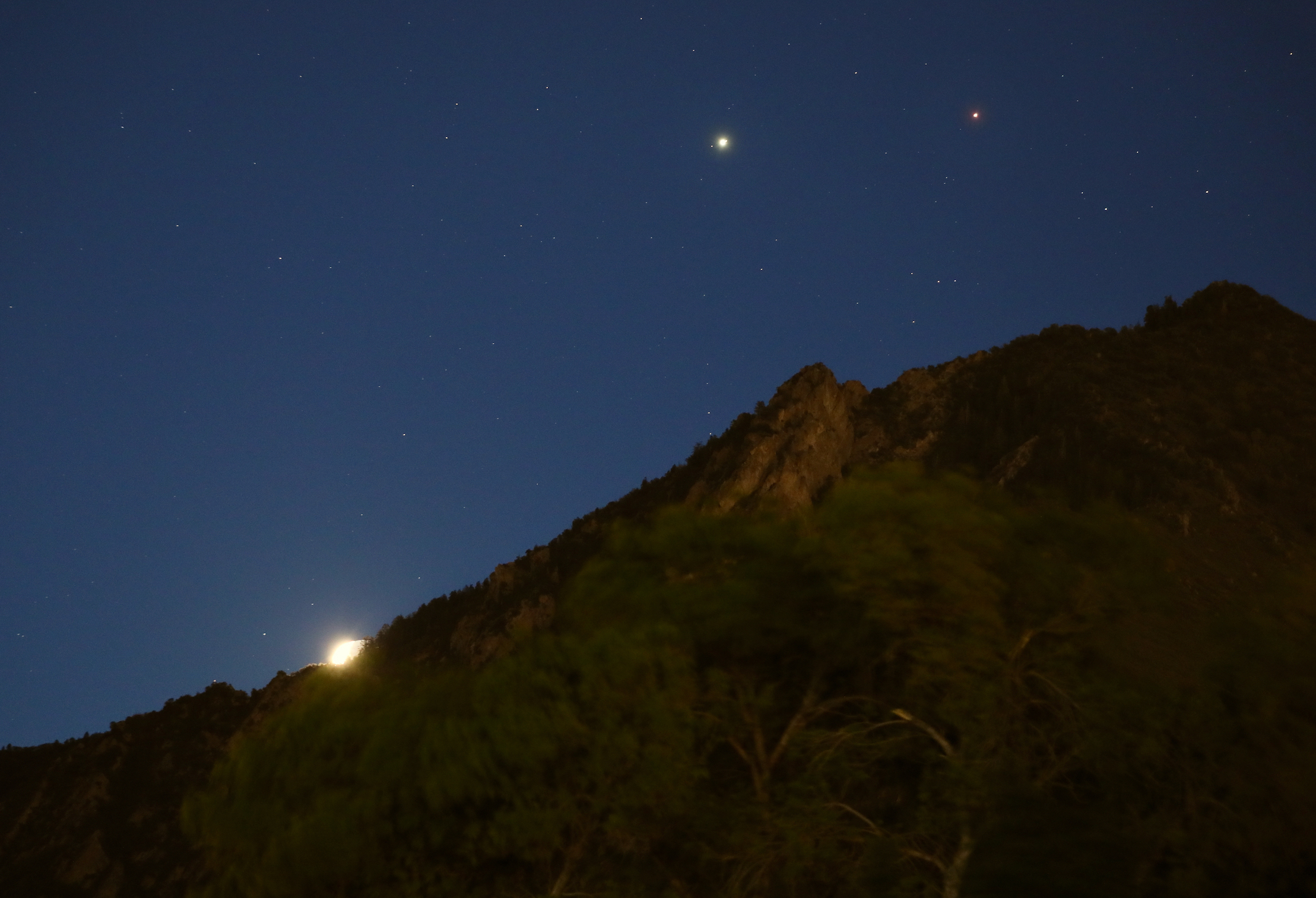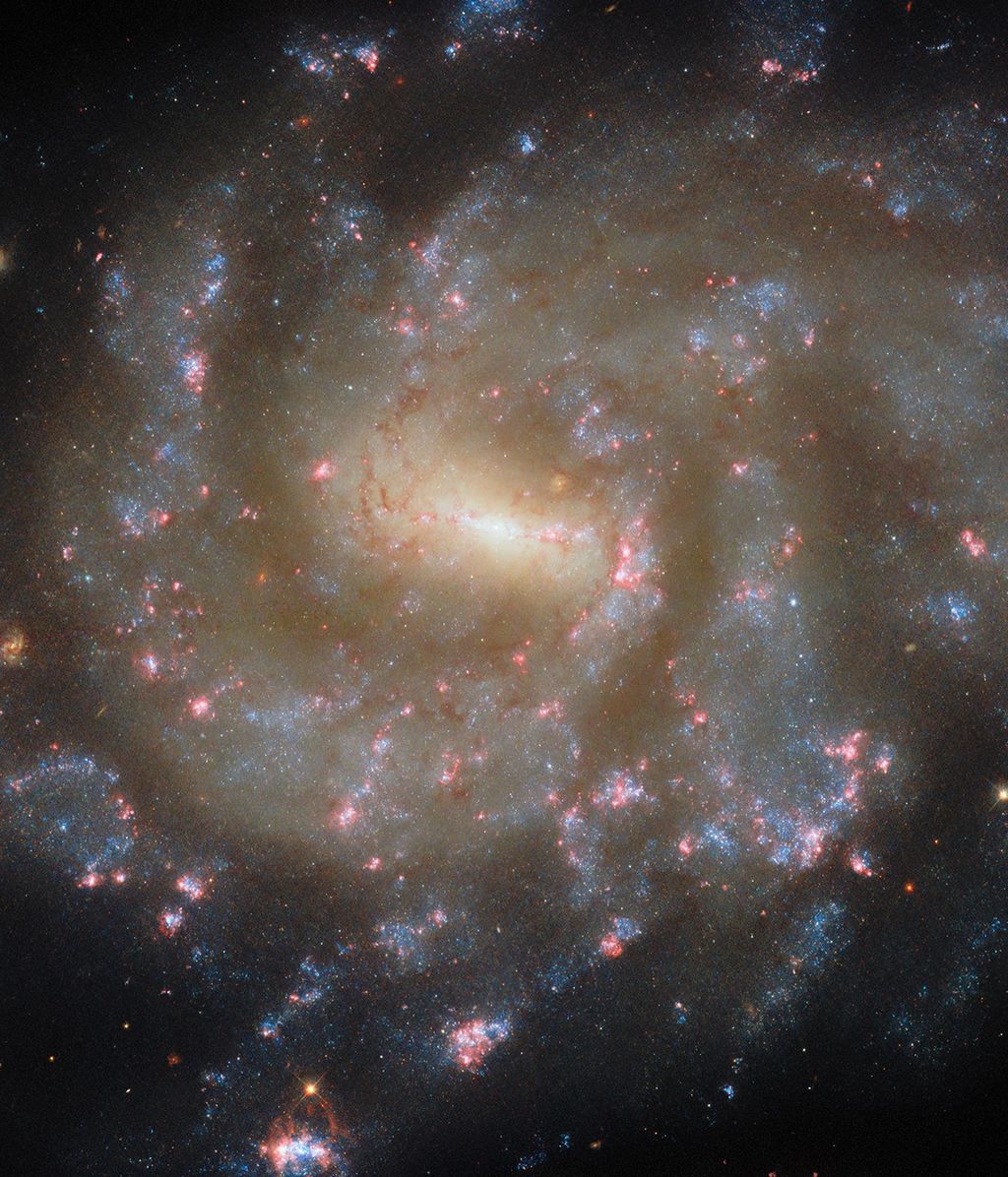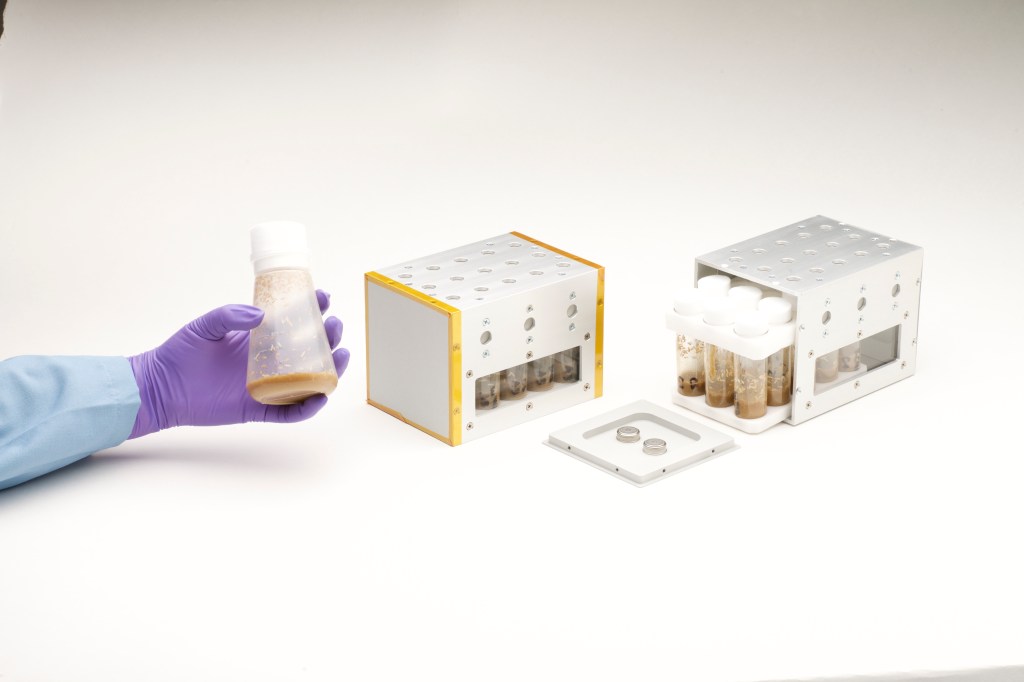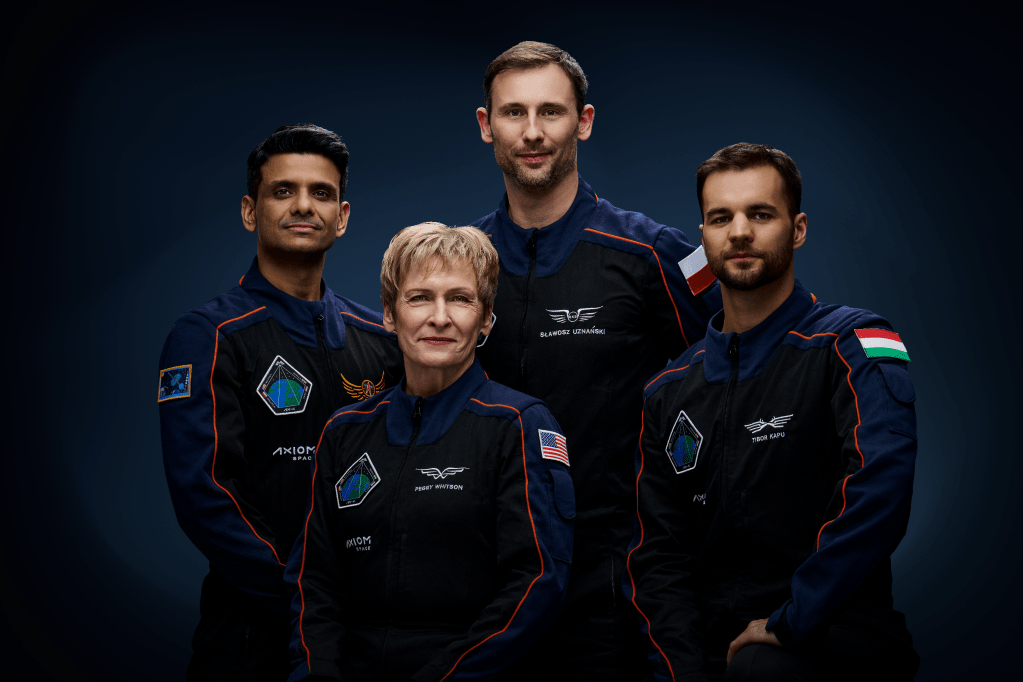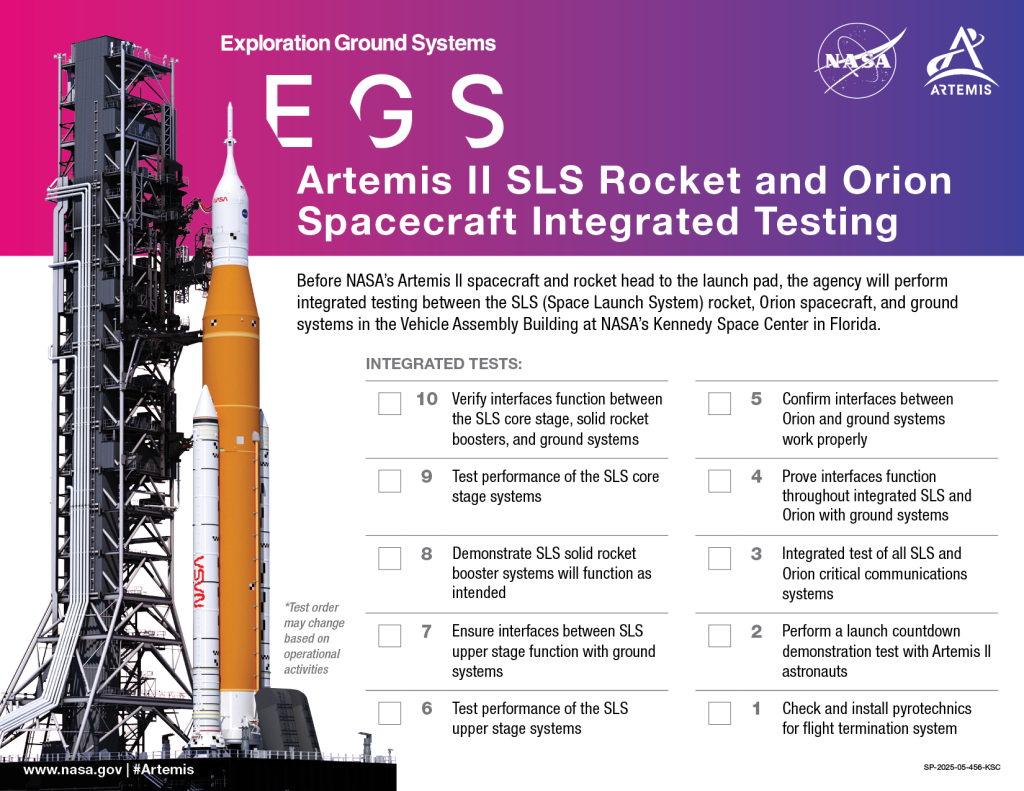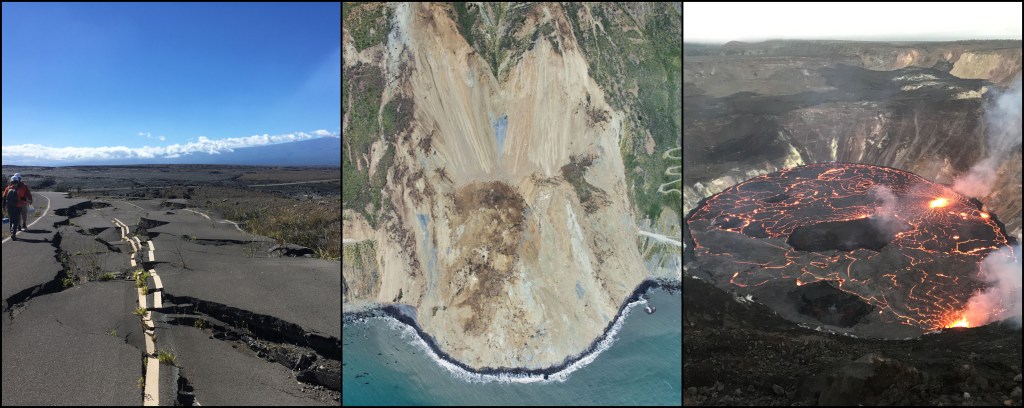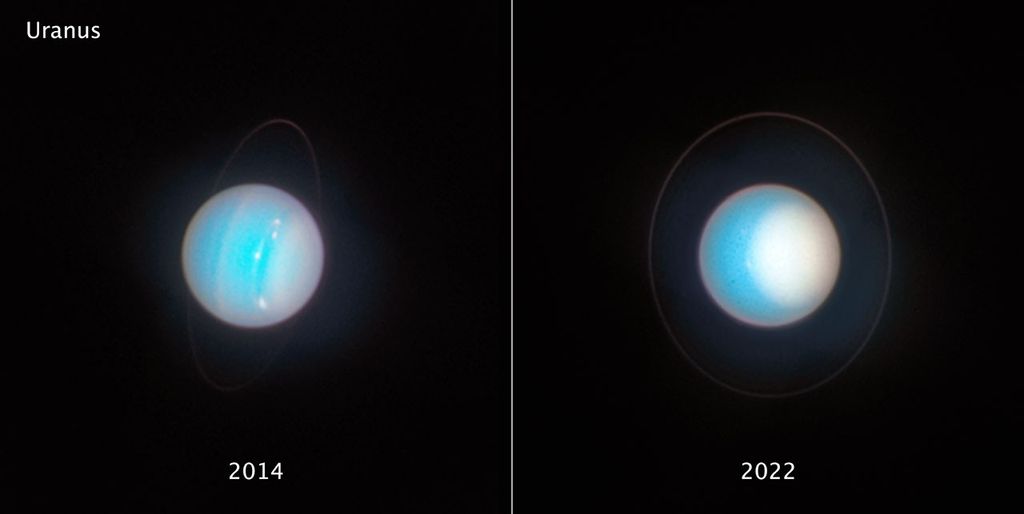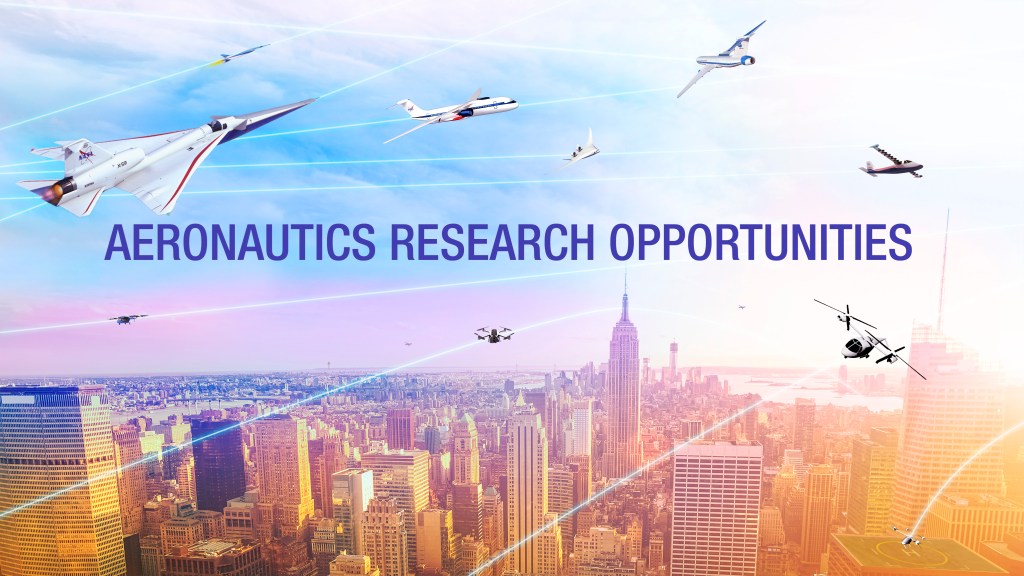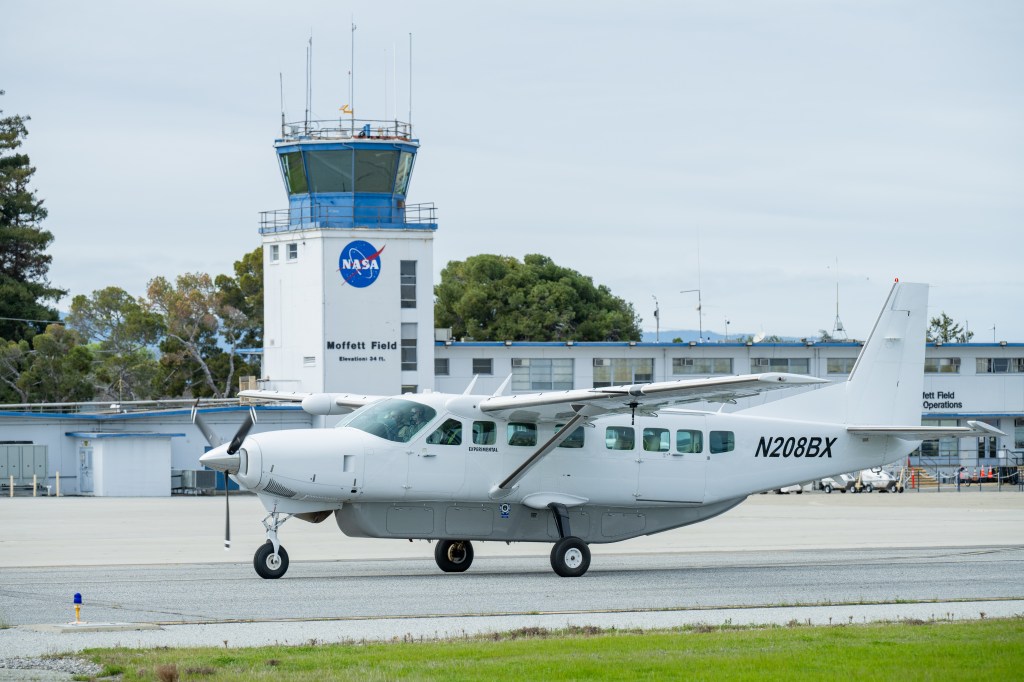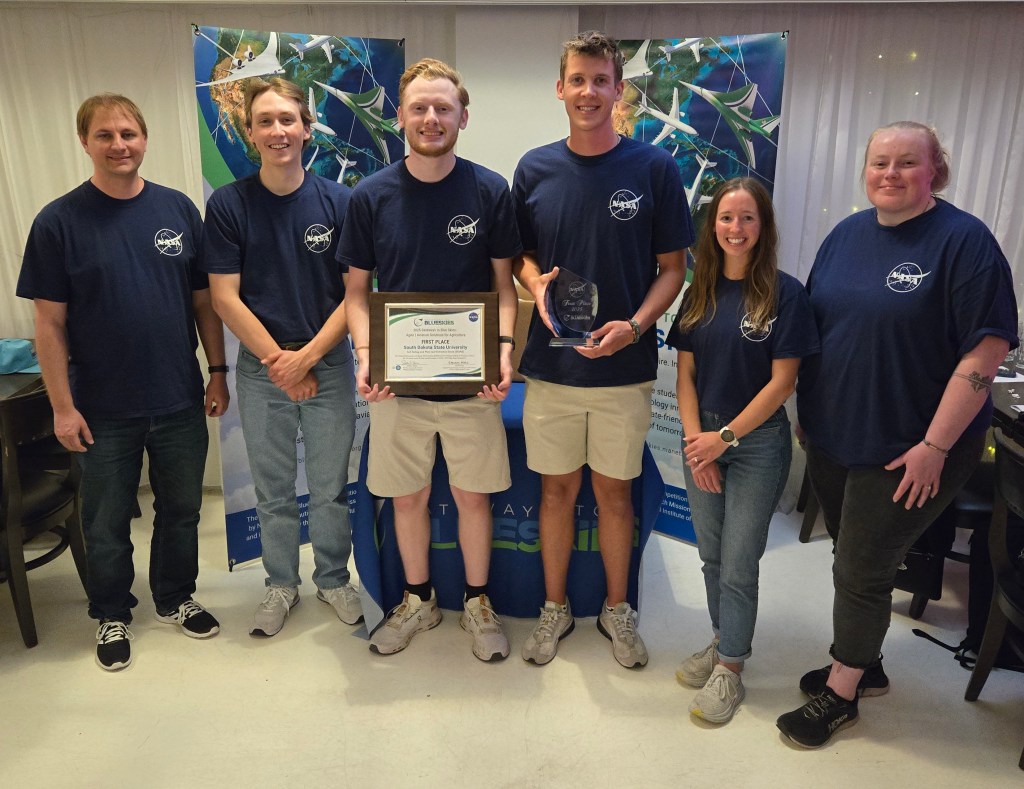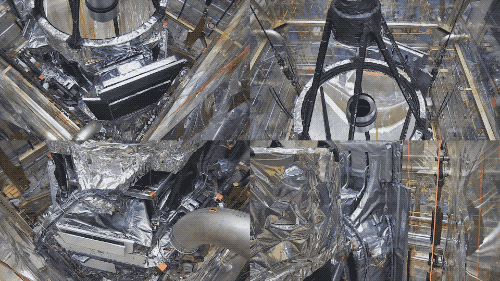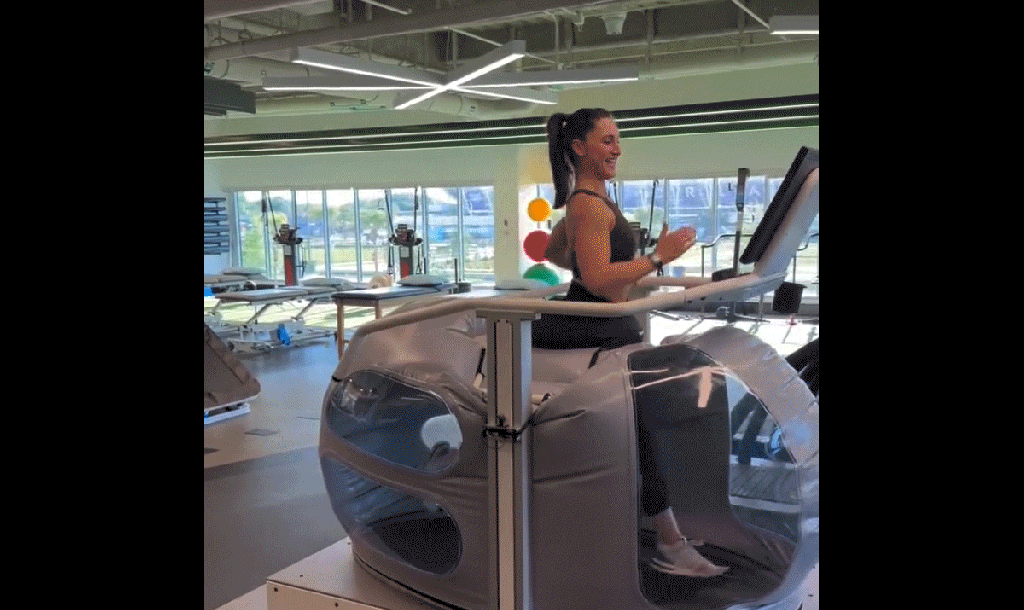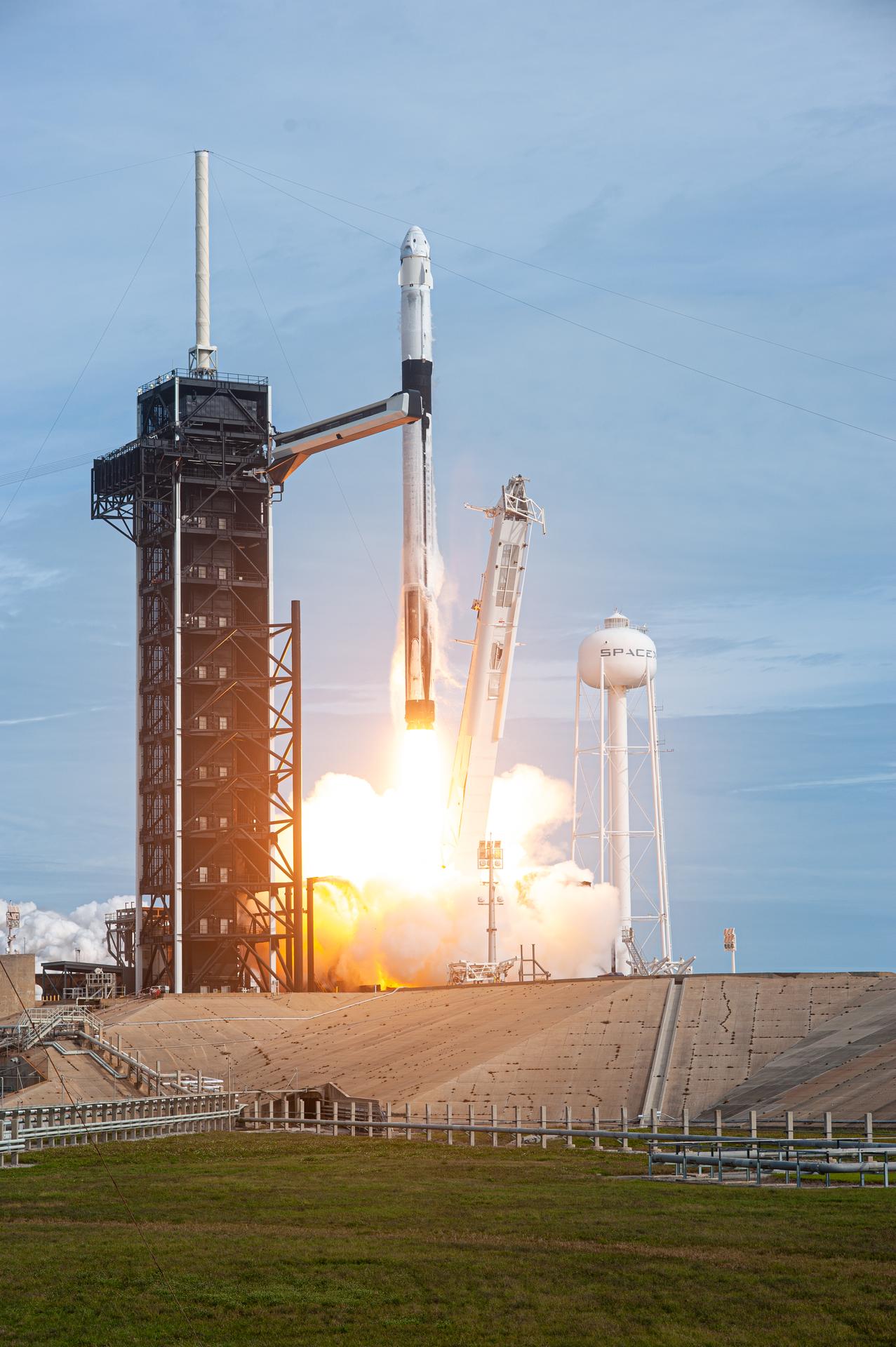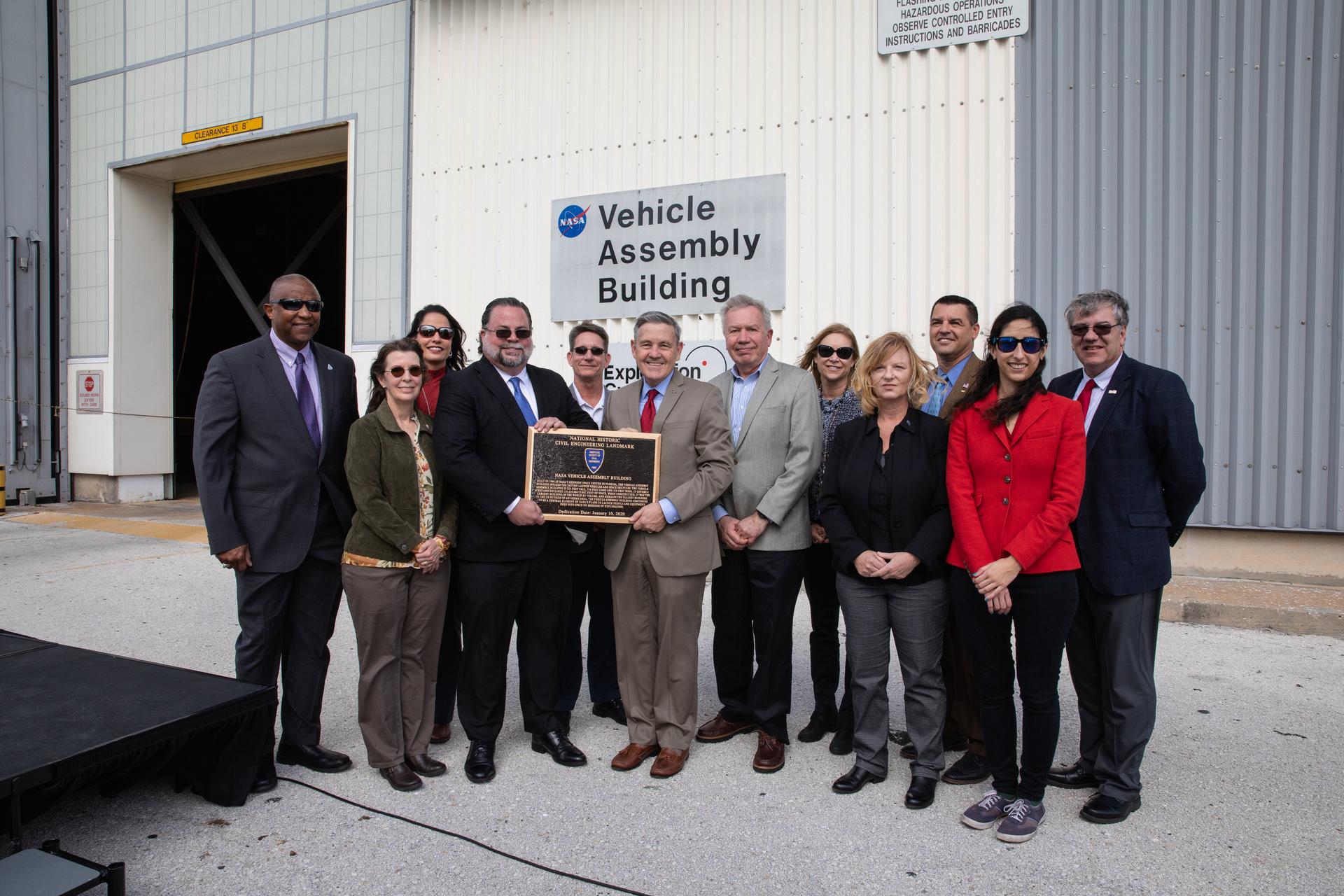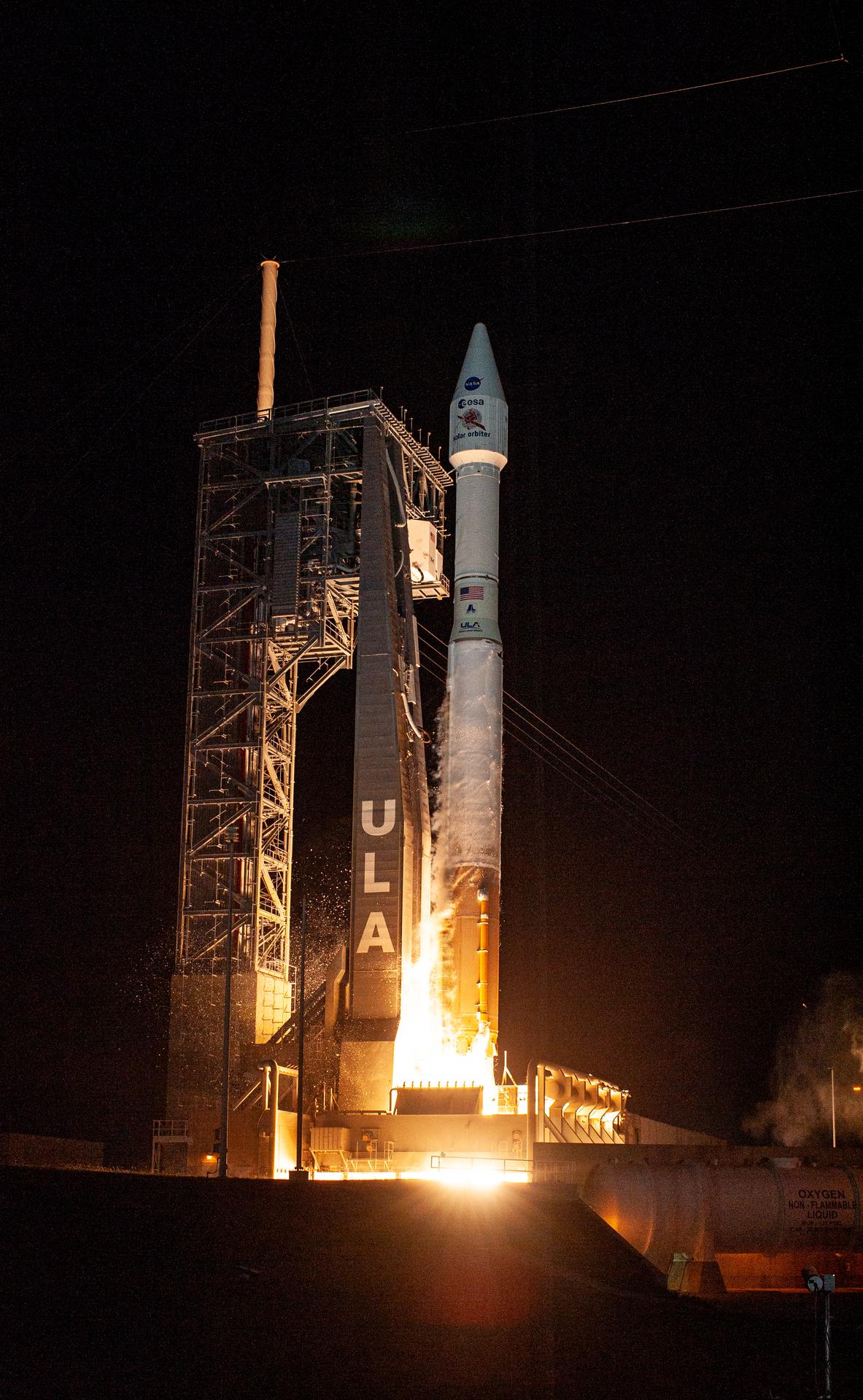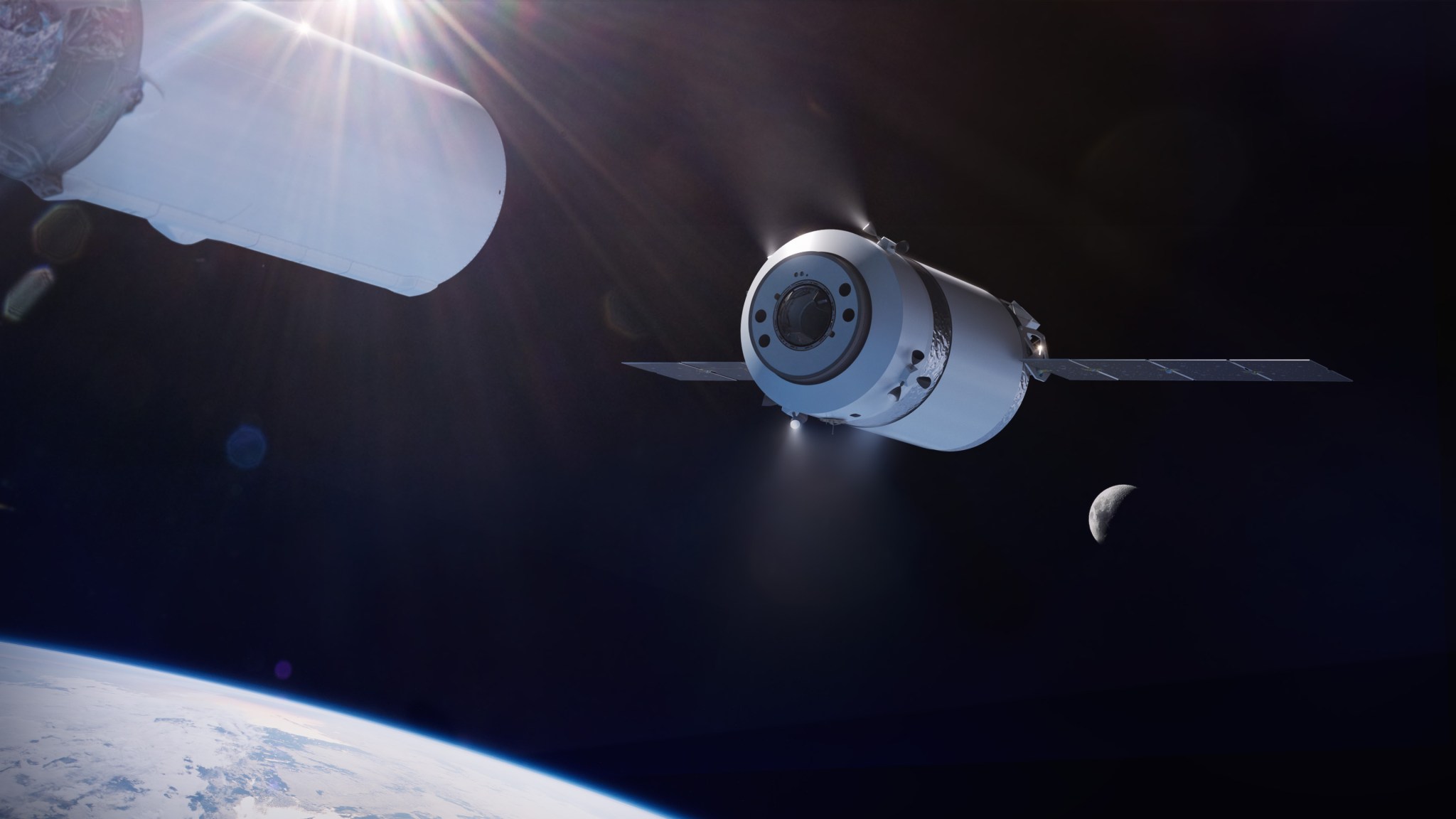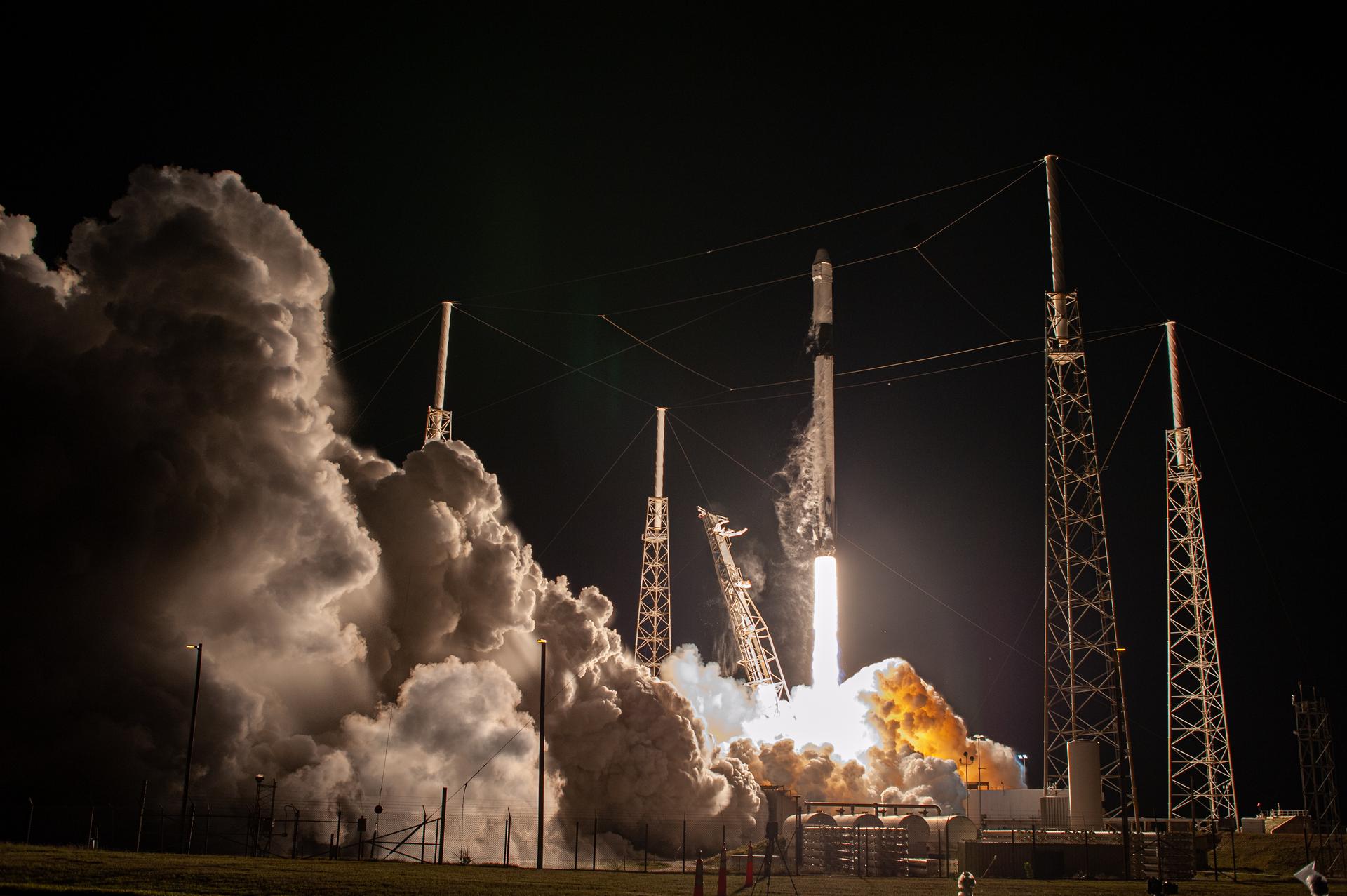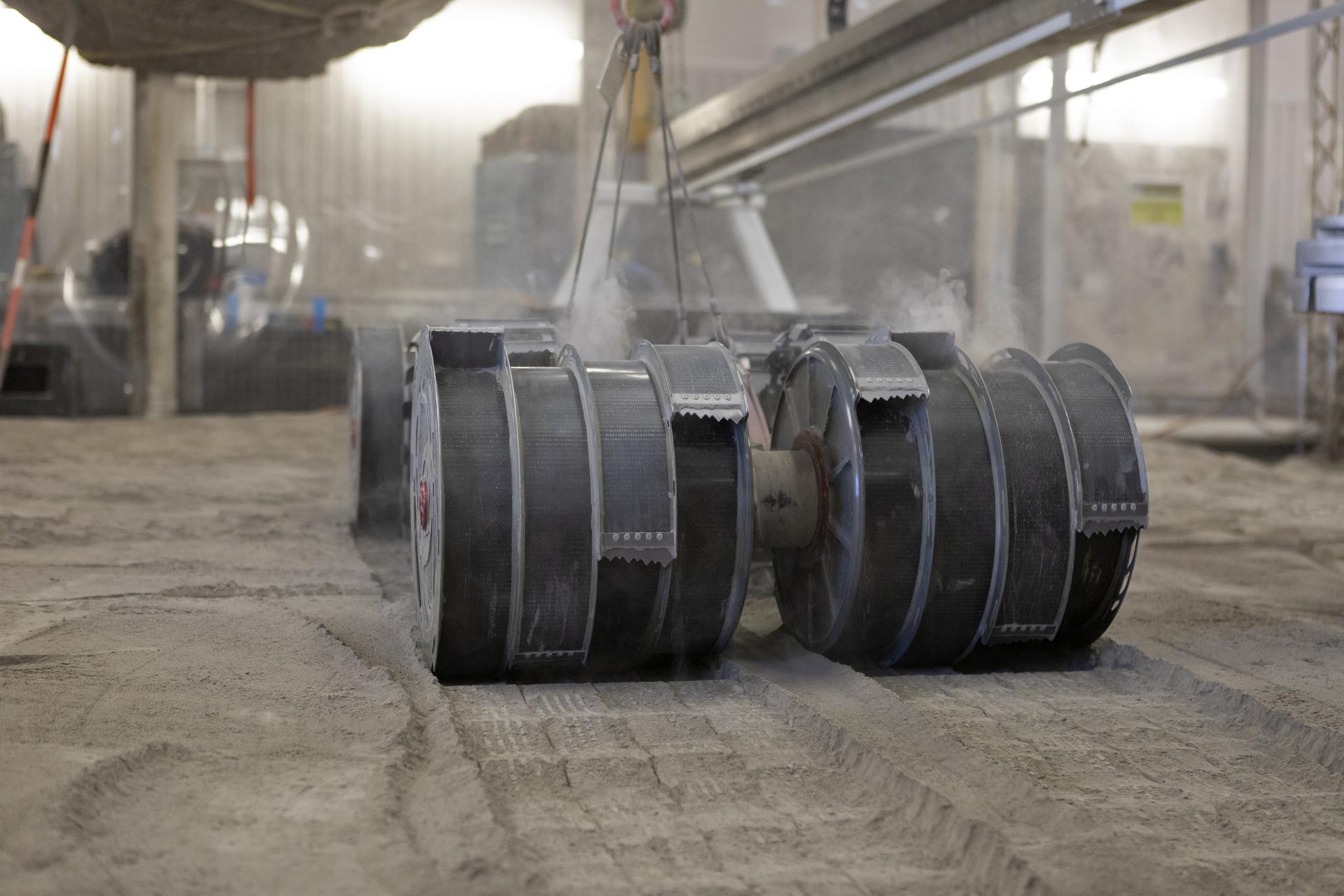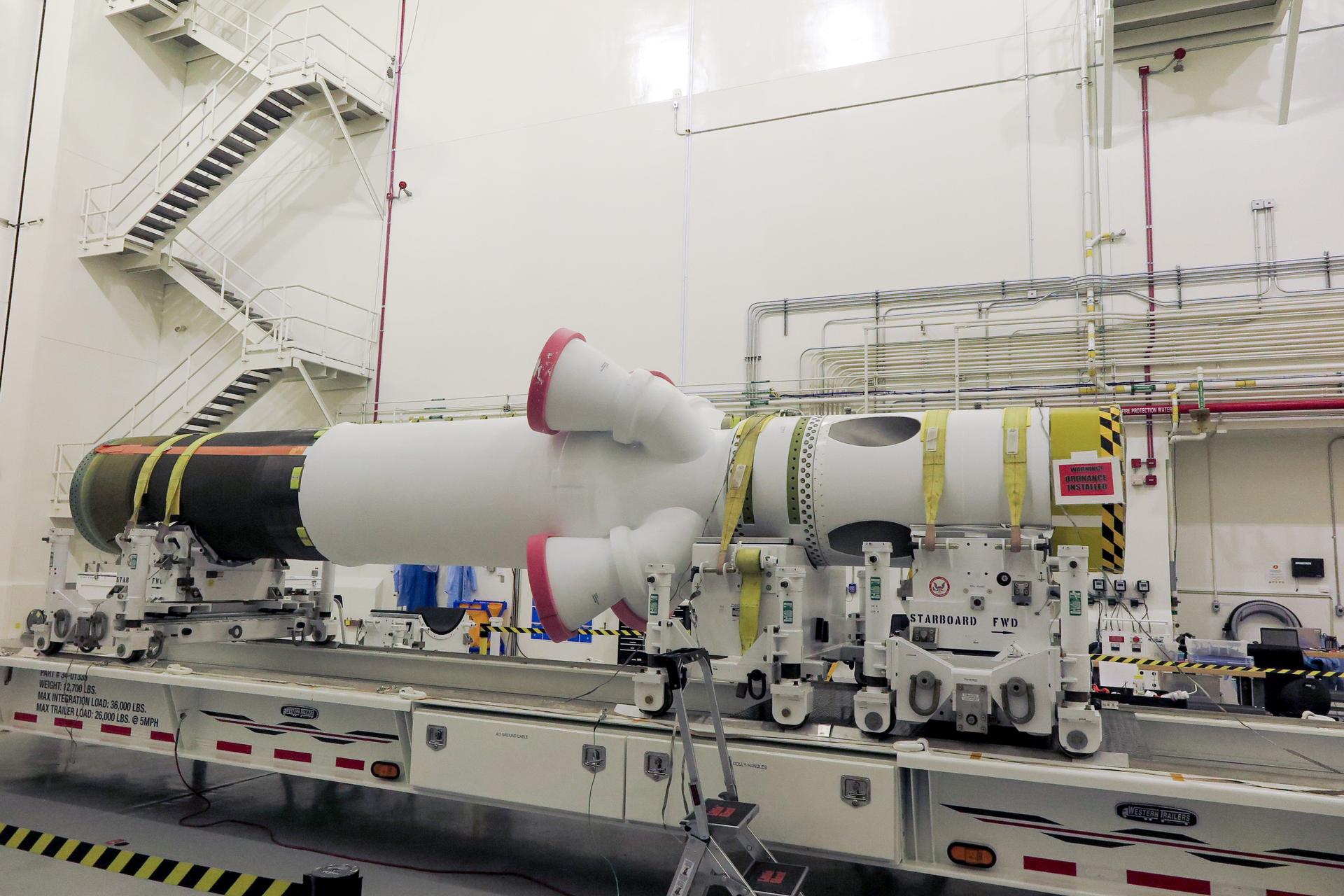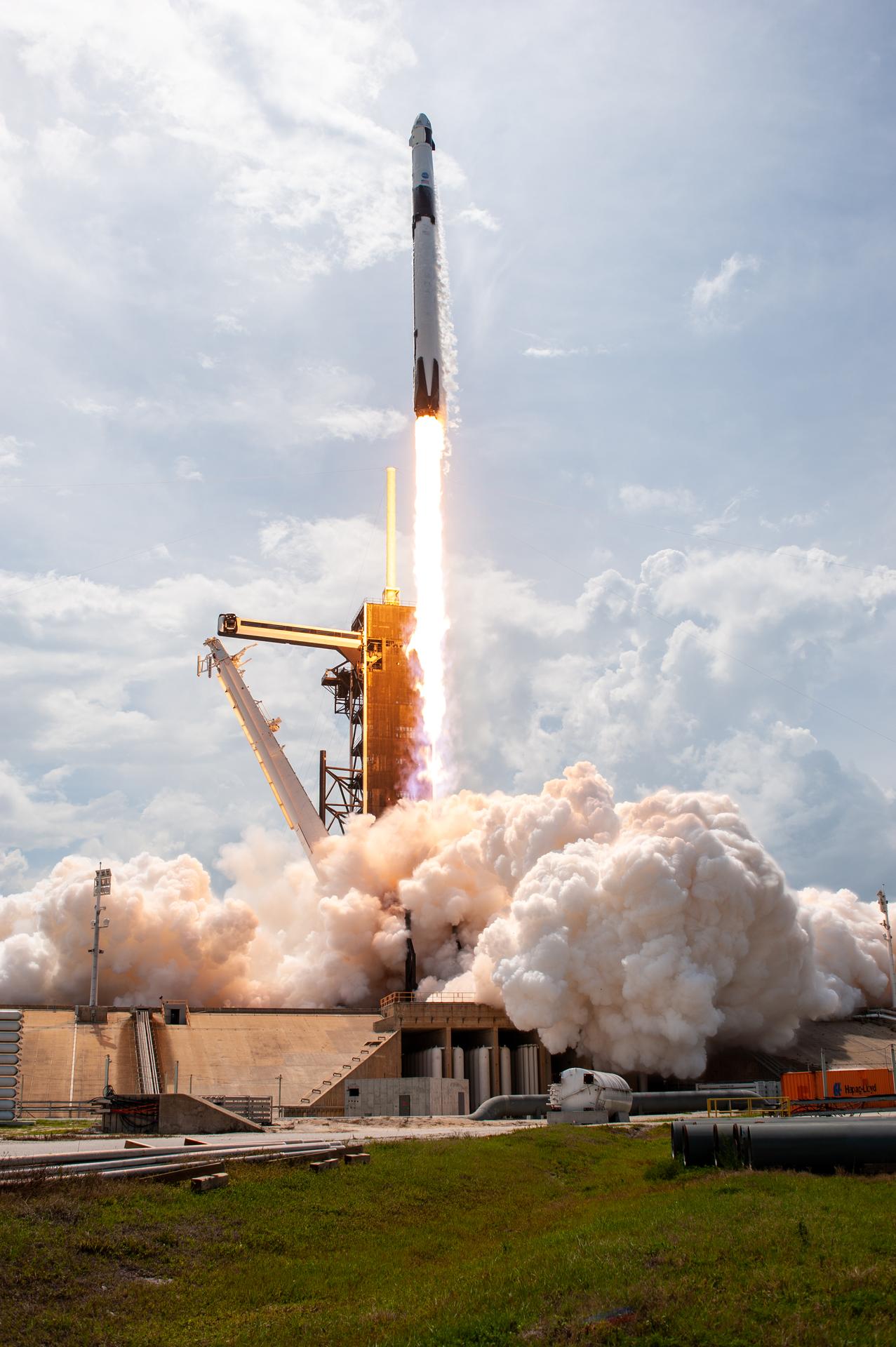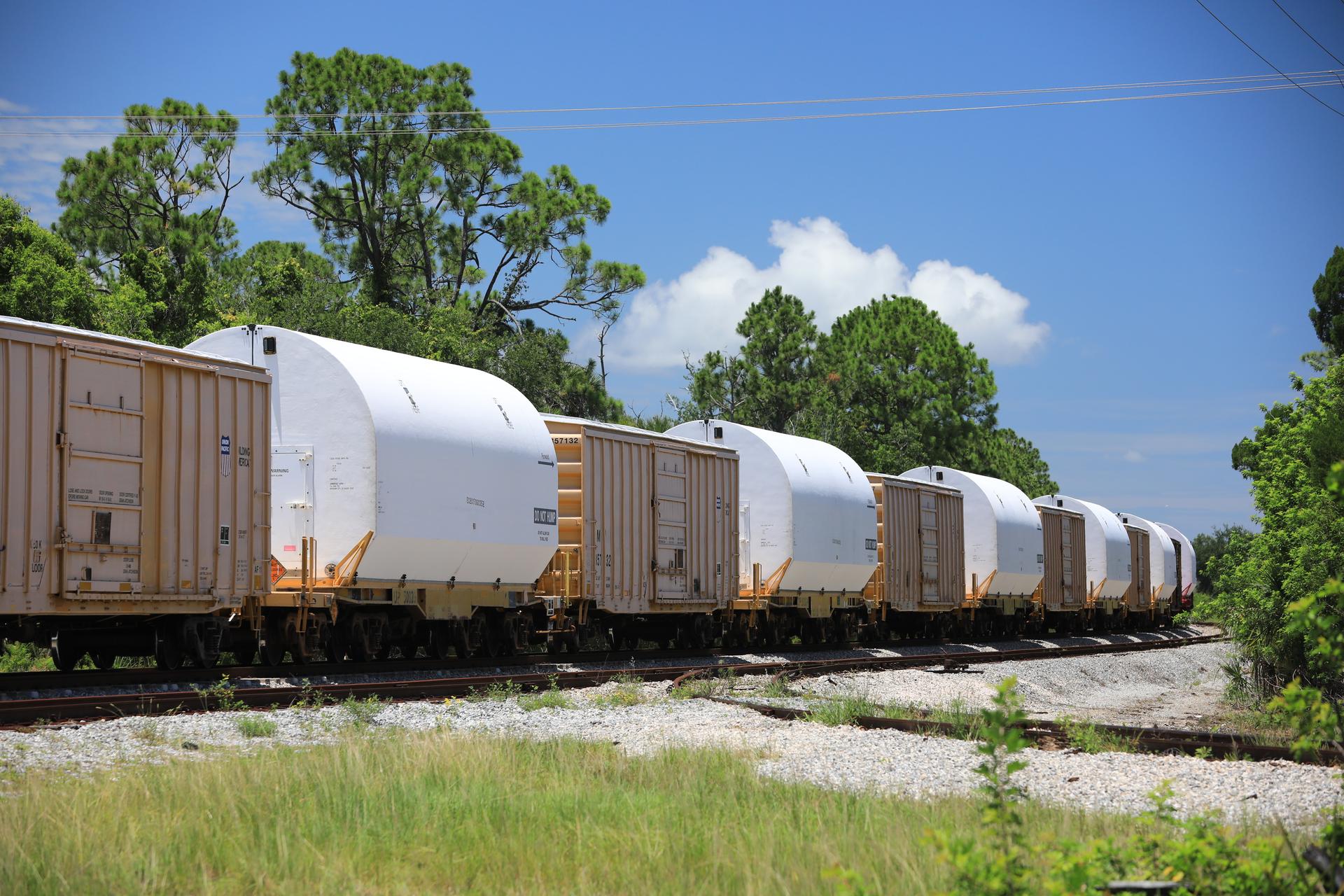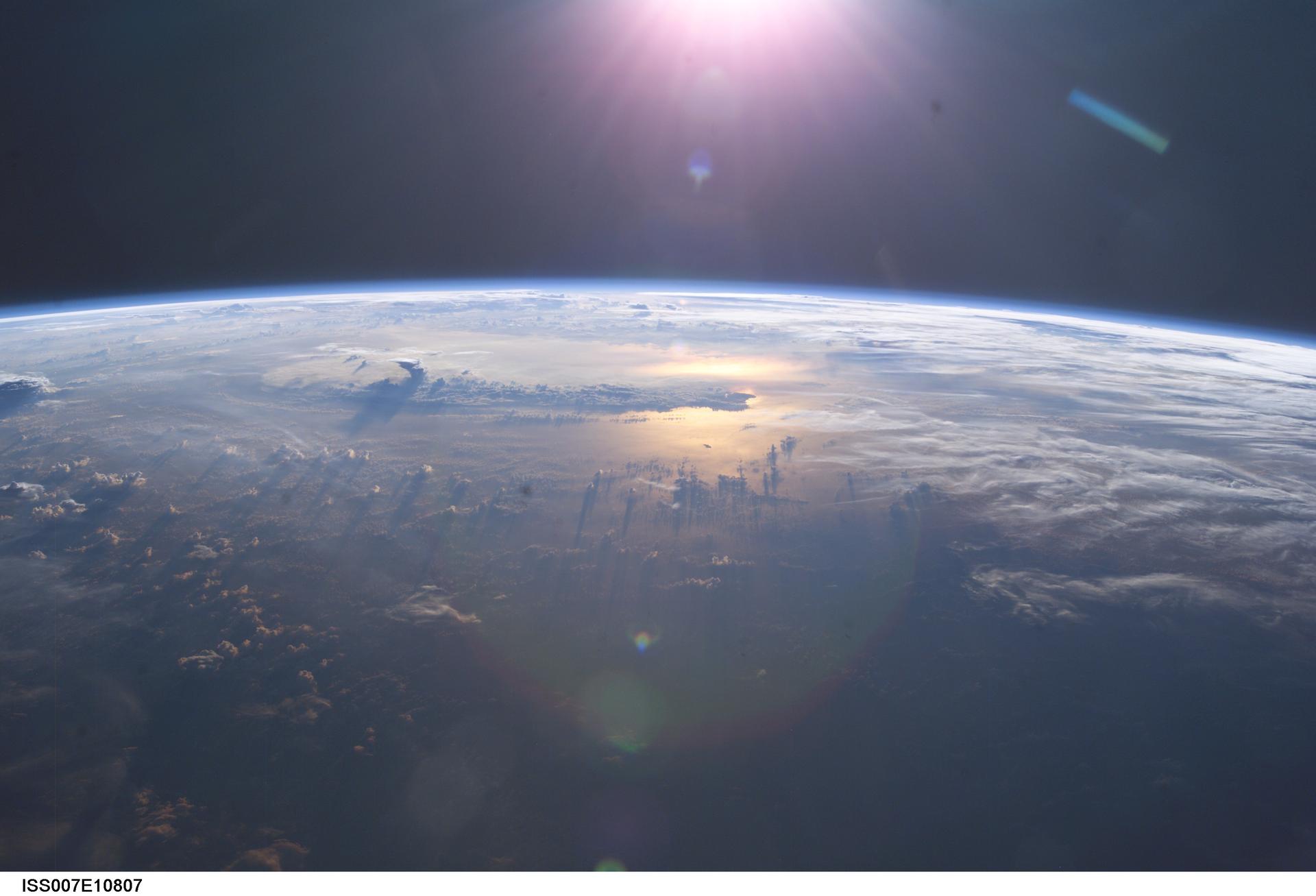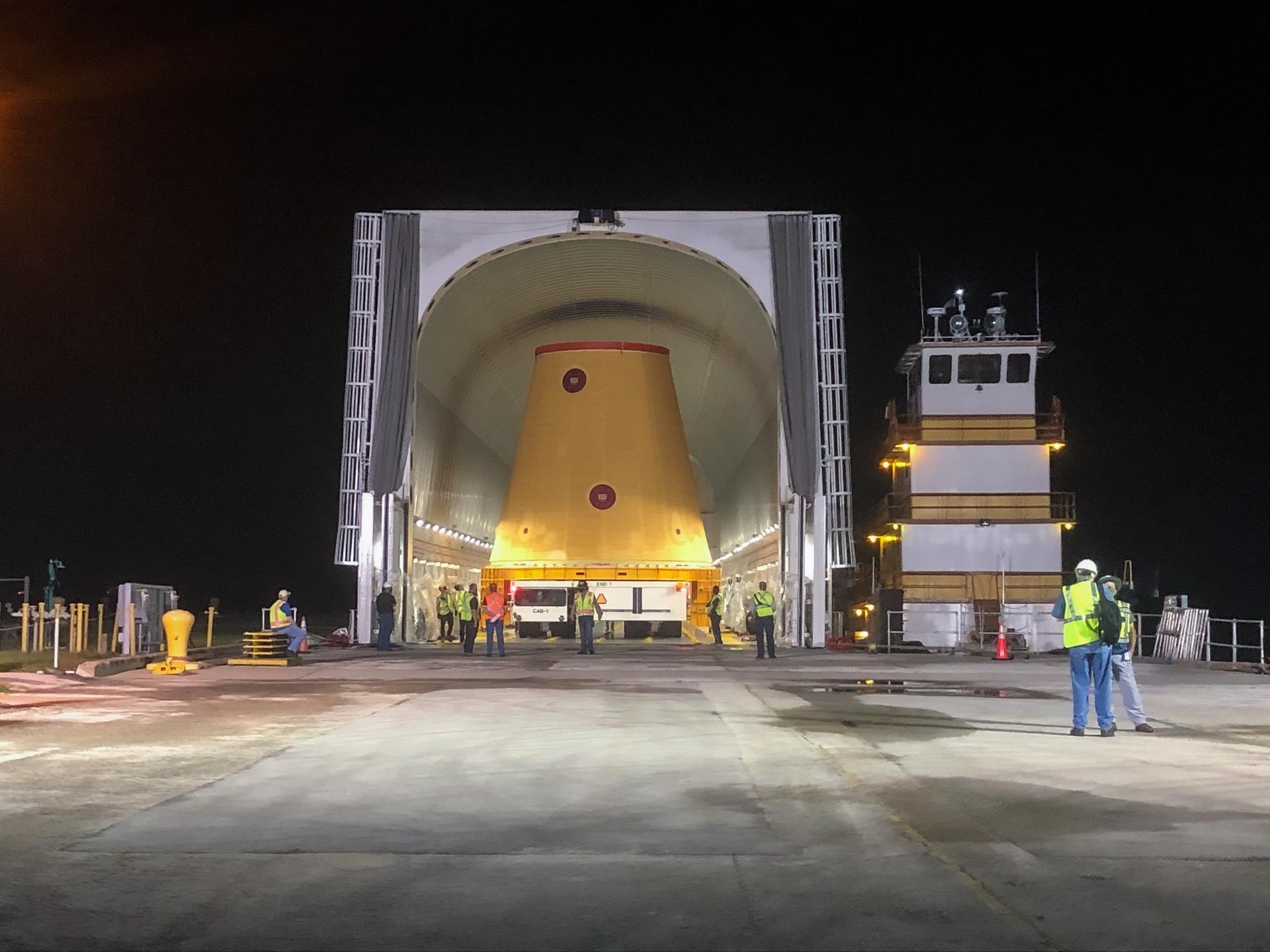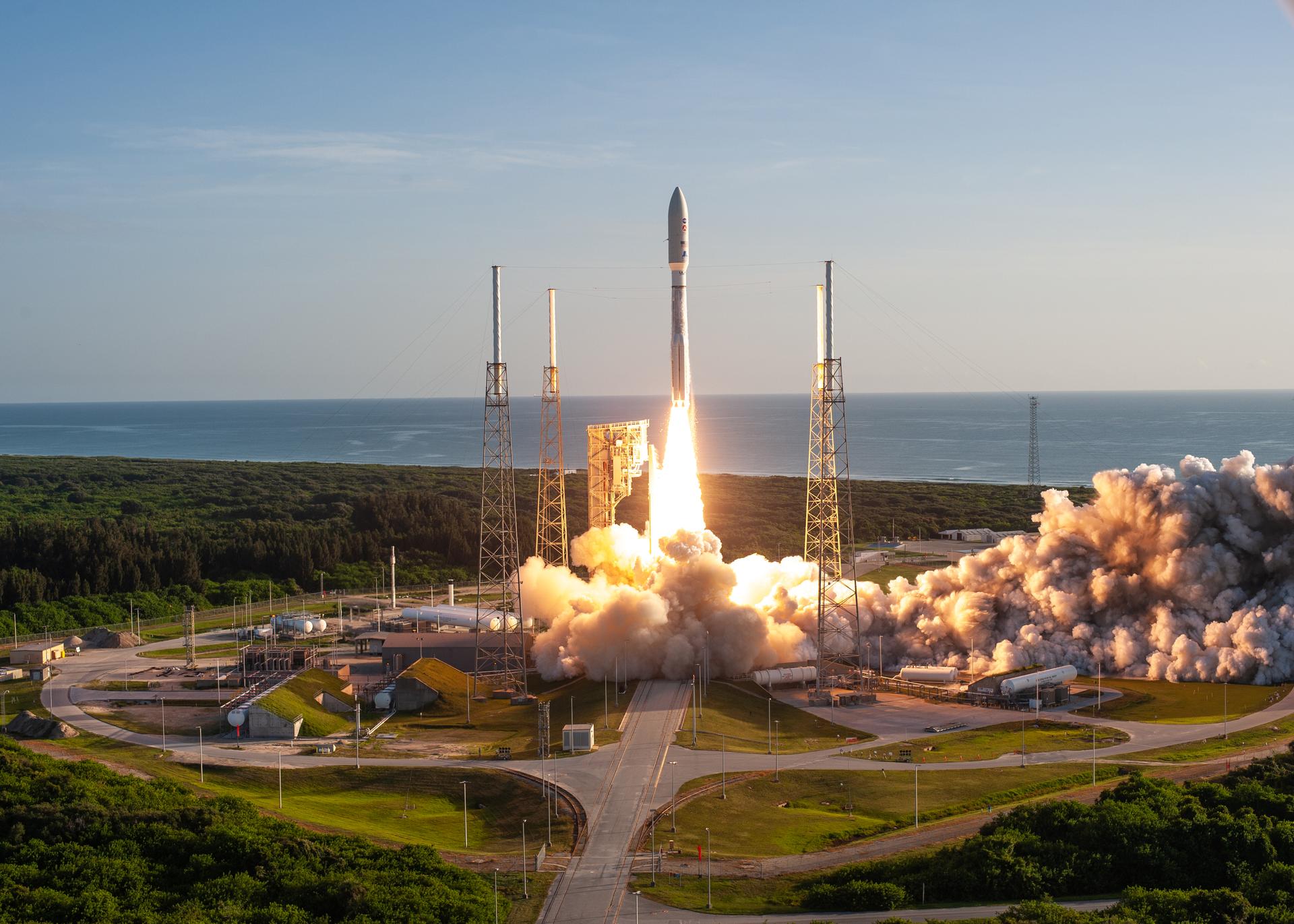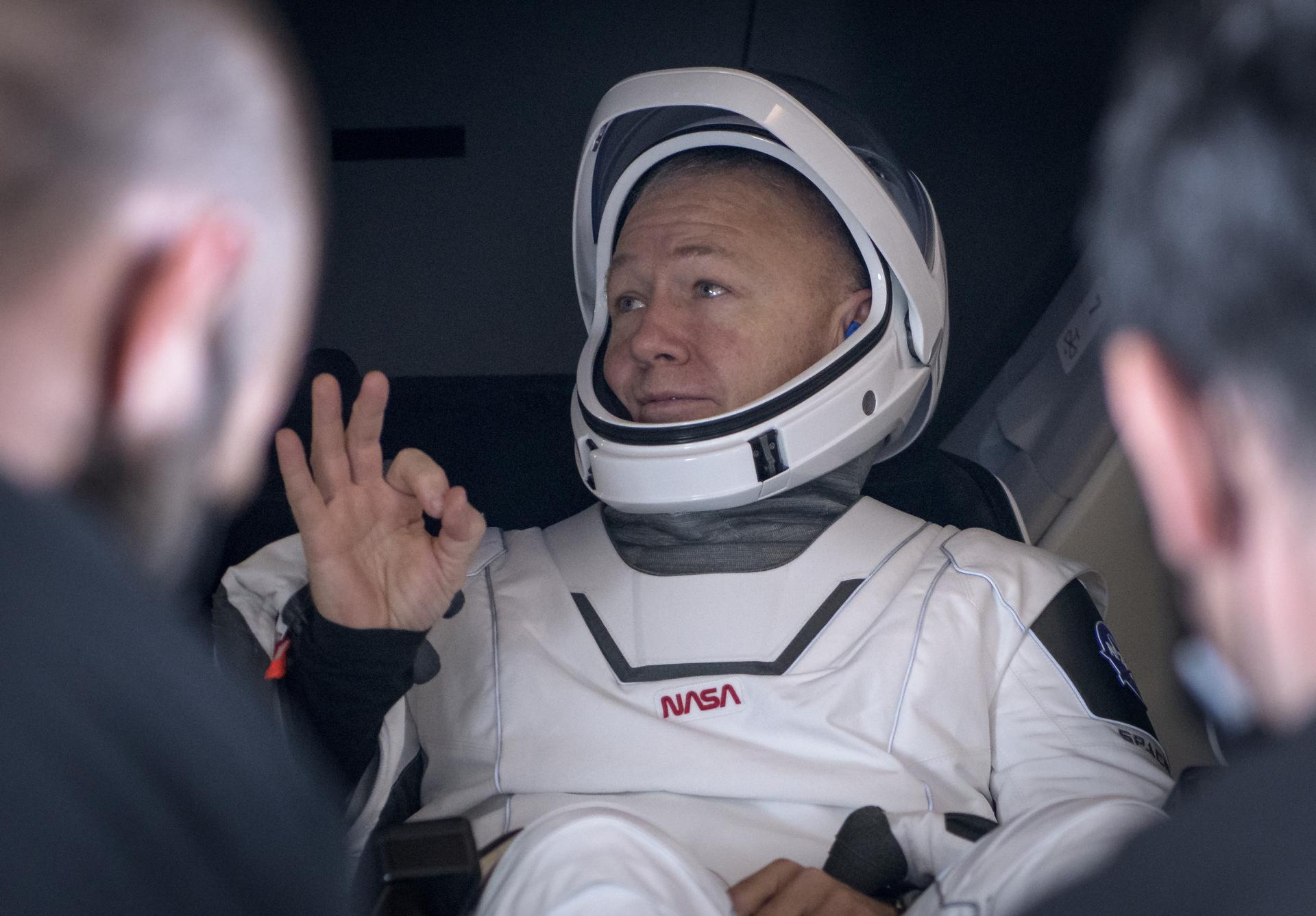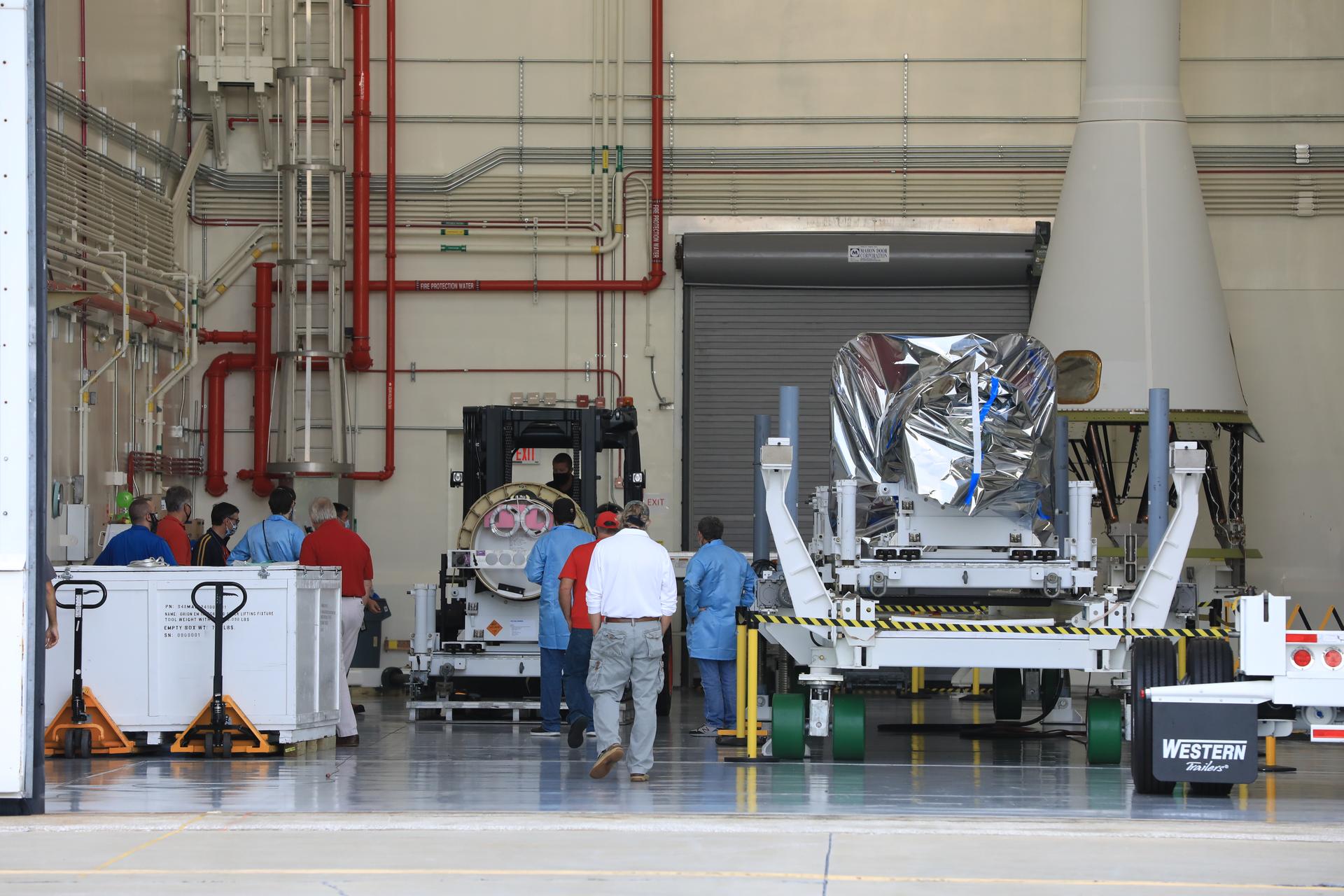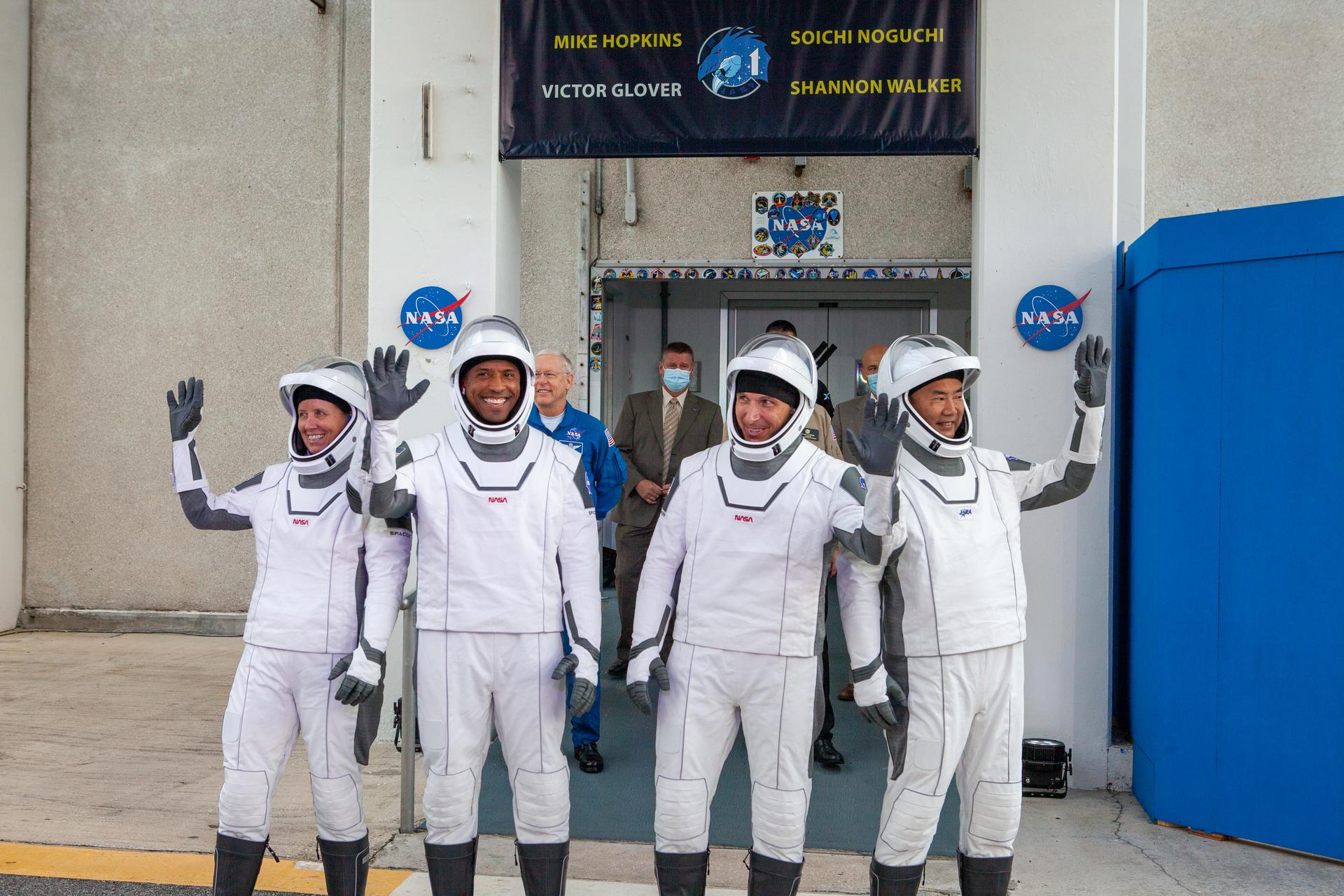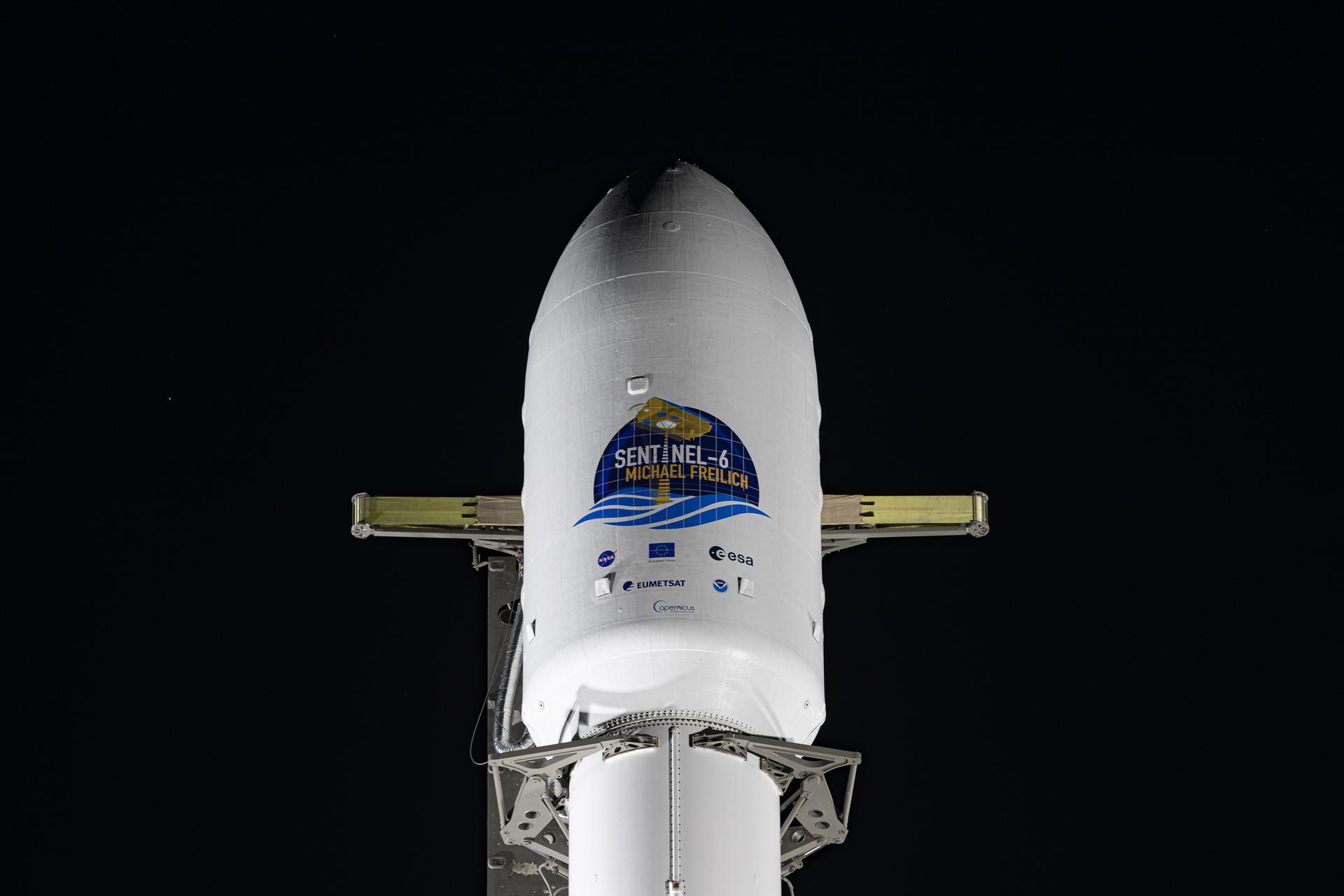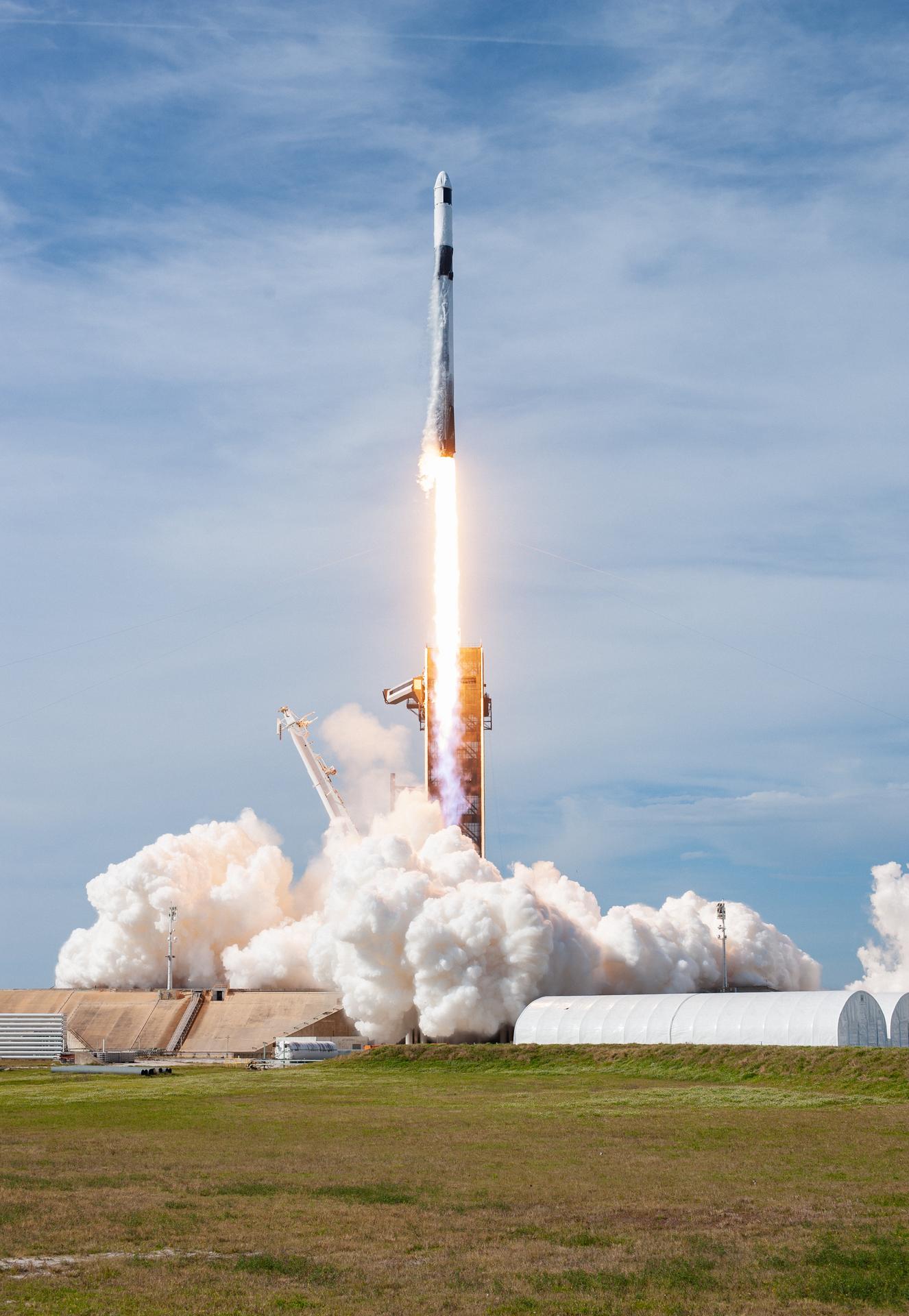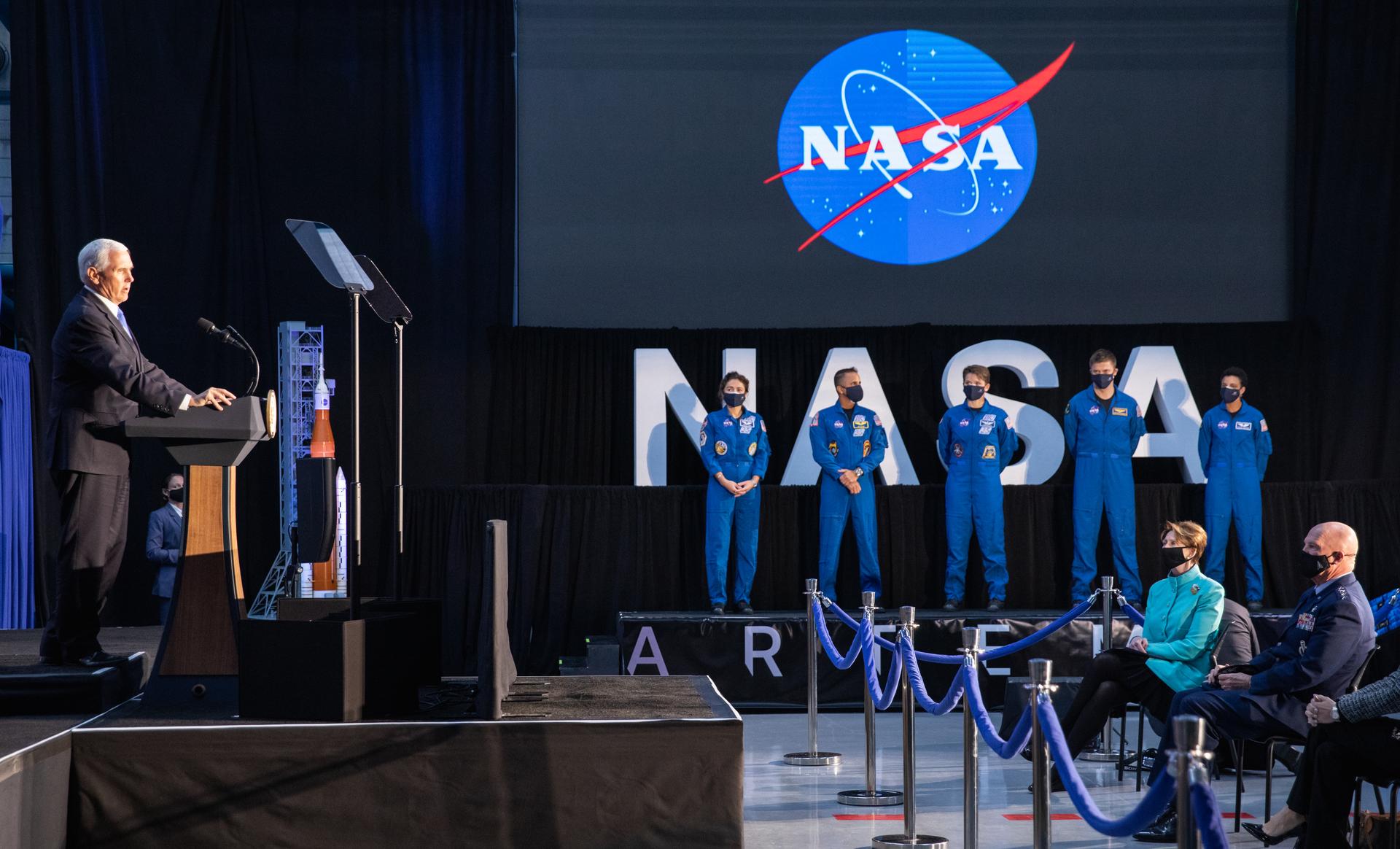January
NASA and SpaceX completed the in-flight abort test, a launch escape demonstration of the company’s Crew Dragon spacecraft and Falcon 9 rocket.
Kennedy’s iconic Vehicle Assembly Building is recognized as a National Historic Civil Engineering Landmark from the Florida Section American Society of Civil Engineers during a ceremony in front of the facility.
February
Solar Orbiter, a new collaborative mission between ESA (European Space Agency) and NASA to study the Sun, launched aboard a United Launch Alliance Atlas V rocket from Cape Canaveral Air Force Station’s Space Launch Complex 41.
March
NASA selected SpaceX of Hawthorne, California, as the first U.S. commercial provider under the Gateway Logistics Services contract to deliver cargo, experiments, and other supplies to the agency’s Gateway in lunar orbit.
SpaceX launched a Falcon 9 rocket and Dragon cargo spacecraft with more than 4,300 pounds of science investigations and cargo from Launch Complex 40 at Cape Canaveral Air Force Station in Florida. It was the company’s 20th commercial resupply services (CRS-20) mission to the International Space Station.
April
NASA held the RASSOR Bucket Drum Challenge, a competition for participants to design an improved bucket drum for RASSOR, a robotic platform designed to dig on the Moon. The ability to mine key elements such as hydrogen, oxygen, and water, which can be extracted for life support systems, is critical to deep space exploration.
The launch abort motor was integrated with the jettison motor for Orion’s launch abort system for Artemis II inside Kennedy’s Launch Abort System Facility. Artemis II will take the first humans in orbit around the Moon in the 21st century.
May
NASA astronauts Robert Behnken and Douglas Hurley launch aboard a SpaceX Crew Dragon spacecraft on the company’s Falcon 9 rocket on NASA’s SpaceX Demo-2 mission to the space station. Named “Endeavour” by its crew, Crew Dragon docked to the orbiting laboratory the day after launch.
June
The 10 Space Launch System (SLS) rocket booster segments for the uncrewed Artemis I flight test mission arrived at Kennedy after a 10-day, cross-country journey by train from Promontory, Utah. Artemis I will be the first in a series of increasingly complex missions on the way to landing the first woman and next man on the moon by 2024.
NASA announced the new Suborbital Crew (SubC) office within the agency’s Commercial Crew Program, laying the groundwork for flying NASA personnel on commercial suborbital space transportation systems.
July
NASA’s Pegasus barge arrived at Kennedy from NASA’s Marshall Space Flight Center in Huntsville, Alabama, carrying the launch vehicle stage adapter (LVSA) for the agency’s Space Launch System (SLS) rocket. SLS and the Orion spacecraft will be part of an integrated system to send crewed flights to the Moon.
A United Launch Alliance Atlas V 541 rocket launched from Cape Canaveral Air Force Station’s Space Launch Complex 41 carrying NASA’s Mars Perseverance rover and Ingenuity helicopter. The agency’s Launch Services Program managed the launch.
August
NASA astronauts Robert Behnken and Douglas Hurley splashed down safely off the coast of Pensacola, Florida, aboard the SpaceX Crew Dragon “Endeavour,” capping the two-month, 27.1-million-mile Demo-2 mission. Shown above, Hurley greets members of the recovery team.
The attitude control motor, the last of three motors required to assemble the Launch Abort System for NASA’s Artemis II mission, arrived at Kennedy by truck from Northrop Grumman’s manufacturing facility in Maryland.
September
Kennedy took delivery of two new Airbus H135 (T3) helicopters; a third is expected to arrive in early 2021. The H135s will replace the Bell Huey 2 security aircraft currently used by Kennedy’s flight operations team.
The Sentinel-6 Michael Freilich satellite arrived at California’s Vandenberg Air Force Base aboard an Antonov cargo aircraft in preparation for its upcoming launch aboard a SpaceX Falcon 9 rocket. Kennedy’s Launch Services Program managed the launch.
November
NASA’s SpaceX Crew-1 mission launched Nov. 15 from Kennedy Space Center’s Pad 39A. Crew-1 is the first regular crew mission of a U.S. commercial spacecraft with astronauts to the International Space Station as part of NASA’s Commercial Crew Program. Shown above from left to right are NASA astronauts Shannon Walker, Victor Glover, Mike Hopkins, and Japan Aerospace Exploration Agency (JAXA) astronaut Soichi Noguchi.
Sentinel-6 Michael Freilich satellite launched from Space Launch Complex 4 at Vandenberg Air Force Base in California Nov. 21. Sentinel-6 is collecting accurate measurements of sea surface height for more than 90% of the world’s seas and providing crucial information for operational oceanography, marine meteorology, and climate studies.
December
NASA commercial cargo provider SpaceX launched its 21st commercial resupply services (CRS-21) mission to the International Space Station from Kennedy’s Launch Complex 39A on Dec. 6. CRS-21 delivered science investigations, supplies, and equipment for NASA and was the first mission under the company’s second Commercial Resupply Services contract with NASA.
On Dec. 9, NASA announced an “Artemis Team” of 18 astronauts during the National Space Council meeting at Kennedy. Under the Artemis program, NASA will land the first woman and the next man on the Moon in 2024.



